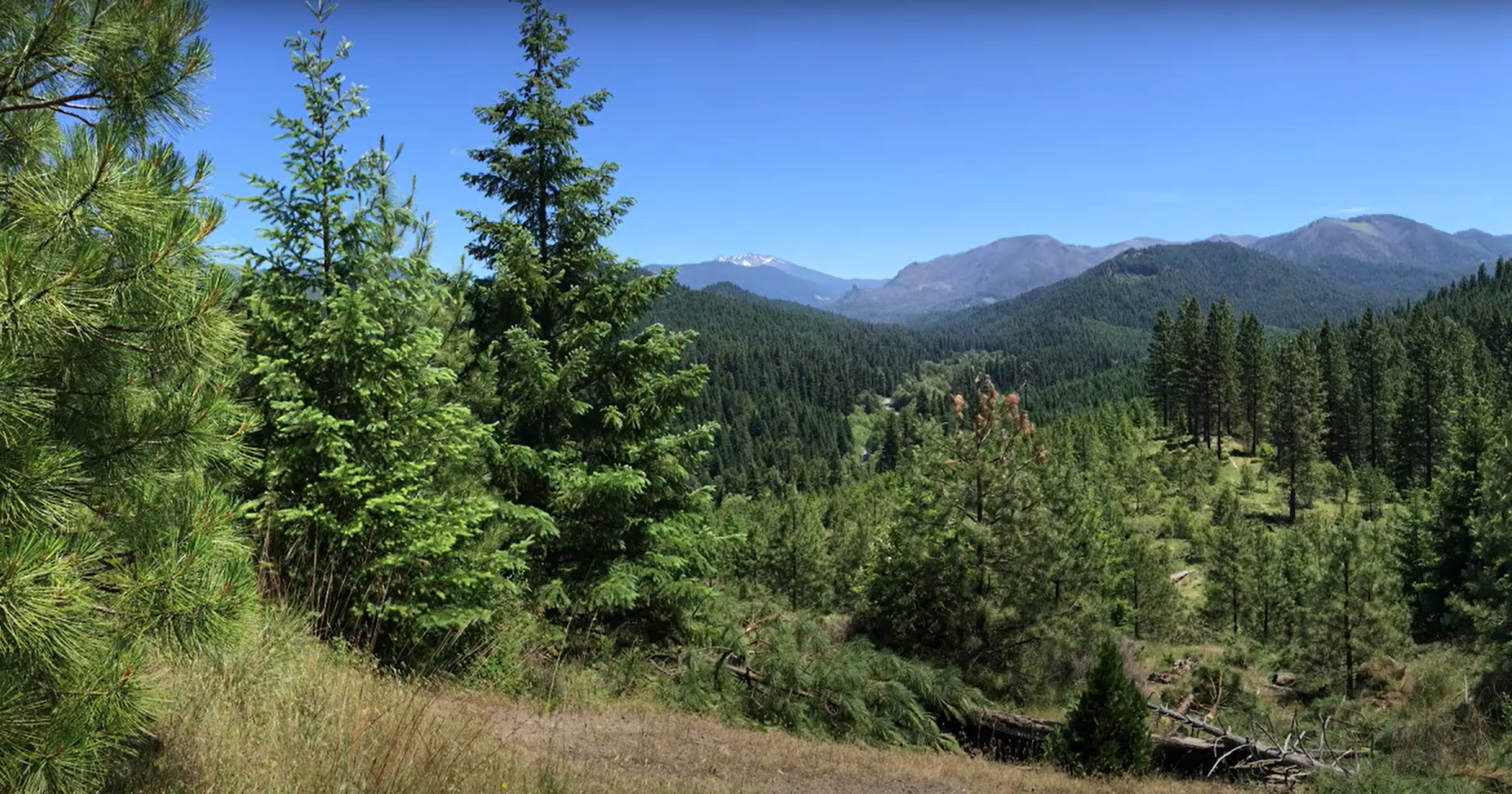A new, in-depth study in the journal “Science” shows conservation work leaves a beneficial impact on biodiversity.
Researchers analyzed 186 global studies (including 665 trials) that measured biodiversity over time and compared outcomes under conservation action compared to no action. They found that in two-thirds of cases, conservation either improved the state of biodiversity or at least slowed declines.
“Interventions targeted at species and ecosystems, such as invasive species control, habitat loss reduction and restoration, protected areas, and sustainable management, are highly effective and have large effect sizes. This provides the strongest evidence to date that conservation actions are successful but require transformational scaling up to meet global targets,” according to the study.
The Rocky Mountain Elk Foundation is a staunch advocate of active forest management or, in other words, hands-on conservation in the form of prescribed burns, forest thinning, noxious weed treatments, wildfire restoration and other active approaches. Hands-off preservation, or the absence of an active approach, means to withhold any type of management and leave natural resources alone–often to the point of decay or overgrowth.
To cite a specific past example that made a difference for elk and other wildlife species, the Middle Fork Ranger District of the Willamette National Forest is vastly different than what most people envision for west-central Oregon. Instead of a rain forest setting with expansive swatches of thick, lush trees, it features drier and warmer conditions.
“Tens of thousands of acres in this area used to be made up of a few large trees and wide expanses of grass. Due to fire suppression, trees are taking over. This deprives wildlife of a habitat found very few places in the Western Cascades,” said Cheron Ferland, U.S. Forest Service wildlife biologist. “The work at Pinegrass is about more than returning to a historical condition. It’s about creating a landscape that is more resilient to future, drier conditions.”
“These openings are critical to habitat,” said Gary Thompson, retired forester and RMEF volunteer. “When we were logging and burning, we kept things open. As these areas got less and less, the herds got smaller and smaller.”
On-the-ground work began in 2014 as seven volunteers from the RMEF Willamette Valley Chapter used hand saws, weed eaters and chain saws across 213 acres to prune, pile and place in bundles smaller, encroaching Douglas fir trees.
(Photo credit: U.S. National Forest Service)
